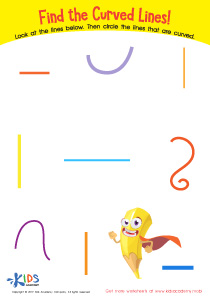Alphabetical order understanding ABC Letters Worksheets for Ages 7-9
3 filtered results
-
From - To
Enhance your child's reading and organizational skills with our Alphabetical Order Understanding ABC Letters Worksheets, designed specifically for ages 7-9. These engaging worksheets provide a fun and interactive way for children to master the concept of alphabetical order. Through a variety of exercises, kids will practice sorting words, identifying letter sequences, and recognizing the importance of alphabetical organization. Ideal for homeschooling or classroom use, our resources support young learners in developing critical literacy skills while fostering a love for reading. Download the worksheets today to help your child become confident in alphabetizing and improve their vocabulary!


Letter G Tracing Page


Letter J Coloring Sheet


Letter K Coloring Sheet
Understanding alphabetical order is a crucial skill for children aged 7-9, laying the foundation for many aspects of literacy and learning. Firstly, it enhances reading comprehension; when students know the sequence of letters, they can more easily locate words in dictionaries or reference materials, fostering independence in their learning. This skill is particularly valuable as they begin to encounter more complex texts and need to efficiently navigate them.
Additionally, mastering alphabetical order aids in vocabulary acquisition. By organizing words alphabetically, learners develop a better understanding of word structures and relationships, which is vital as they expand their language skills. This can include spelling, as familiarity with letter sequencing attributes to improved writing confidence.
From a social perspective, understanding alphabetical order fosters collaborative learning. When children work together in organizing words or lists, it promotes teamwork and communication.
Ultimately, teaching children about alphabetical order not only equips them with a functional skill but also encourages critical thinking and organization—skills they will rely on throughout their academic journey and beyond. By nurturing this understanding, teachers and parents play a fundamental role in enhancing their child's educational experience and lifelong learning habits.
 Assign to My Students
Assign to My Students
























